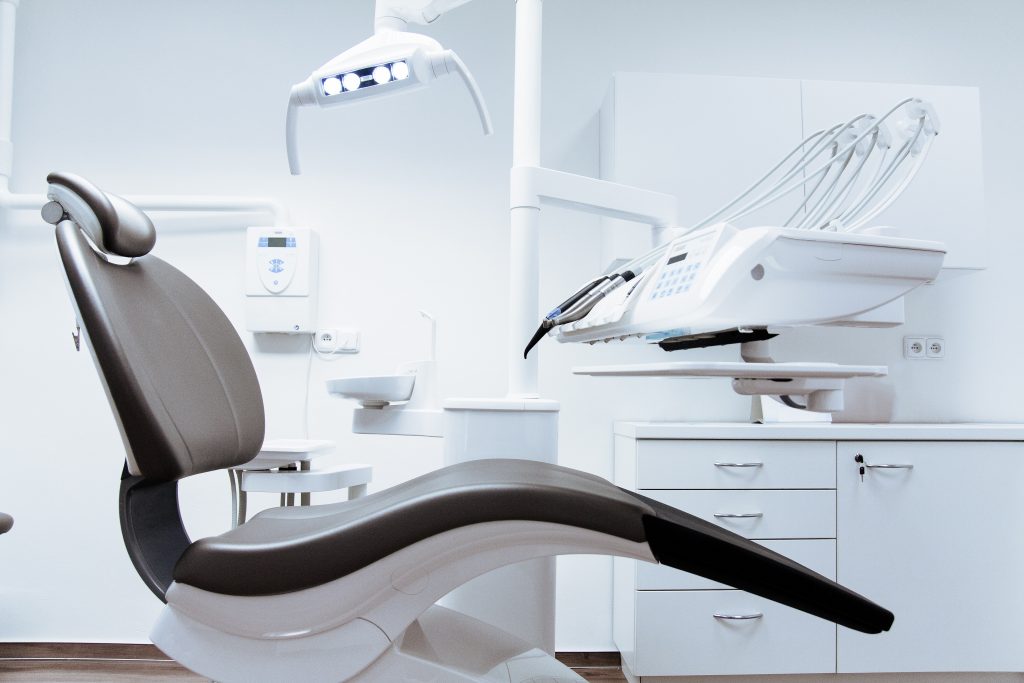Glaucoma Treatment & Management

Glaucoma occurs when the eye’s optic nerve is damaged, usually by a build up of pressure. As vision loss from the disease is irreversible, the goal of treatment is to prevent further damage. When detected early, it is possible to save sight with one of the several treatment options available. All glaucoma treatments help decrease the pressure that is causing damage to the optic nerve.
Eye Drops for Glaucoma
The first method typically suggested for treating glaucoma is eye drops. They help the eye’s fluid drain correctly, thereby decreasing a build up (aka pressure). Some drops also help decrease the quantity of fluid that the eye produces. Drops are normally used in conjunction with laser treatment or other medications. In order to maximize the amount of the drops absorbed into your eye, close your eye for a minute or two after using the drops.
Oral Medication
Doctors may prescribe pills to use with eye drops. They are taken 2 to 4 times per day, and they work by lowing the eye’s fluid production and managing filtration. Beta-blockers, adrenergic agonists, carbonic anhydrase inhibitors, and hyperosmotics all work by decreasing the amount of fluid the eye produces. Cholinergics, adrenergic agonists, and prostaglandin analogs all help by increasing the amount of fluid that drains out of the eye.
Surgical Procedures
Some patients experience extreme side affects from the above medications or do not see the desired results. In these cases, surgery might be the next step.
Laser Surgery
Although the long-term rate of success may vary, laser surgery is a popular procedure for the in-between of drugs and traditional surgery. The most commonly performed procedure for open-angled glaucoma is trabeculoplasty. The surgery works by slightly altering the eye’s drainage system to allow more fluid to pass through it. This lowers IOP (intraocular pressure). The procedure only takes about 10 to 15 minutes and is painless. Complications and recovery time are minimal. Because it might take a few weeks to see the full results of the surgery, patients will need to continue their medications until getting confirmation from their doctor.
Traditional Surgery
Conventional surgery is the last resort when medications and laser therapies do not work. Around 50% of patients who have this surgery don’t require glaucoma medications any longer. Essentially, in a trabeculectomy, the doctor creates a flap that allows fluid to escape. More specifically, drainage implant surgery inserts a device into the anterior chamber of the eye, which allows it to drain more efficiently. Although not fully developed just yet, another glaucoma treatment option is non-penetrating surgery. Even though this glaucoma treatment is non-invasive, it is not as effective.


Everyone with any level or type of glaucoma must learn about a procedure that has recently been approved by the FDA, and covered by insurance. The procedure has been used in Europe for years with high success rates. It consists of an implant in the upper corner of the eyelids, and works much as a tiny pump to move the fluid and relieve pressure – which can and does cause a slow degeneration of the optic nerve which results in blindness and is irreversible. Peripheral vision begins to fade, and with time disappears completely. This can occur in one eye or both eyes at the same time.
The procedure is the XEN (zen) Implant. There is not much research available, and there are not many Opthamologists who have the training for the implant. I have had the procedure in both eyes, and my pressures are down to very low numbers. My readings had been in the low 50’s, and I am lucky that I am not blind in one eye after years of searching for a solution. If you would like more information, or the location and name of the Dr. who performed my procedure, please feel free to contact me at KIZMET946@aol.com.